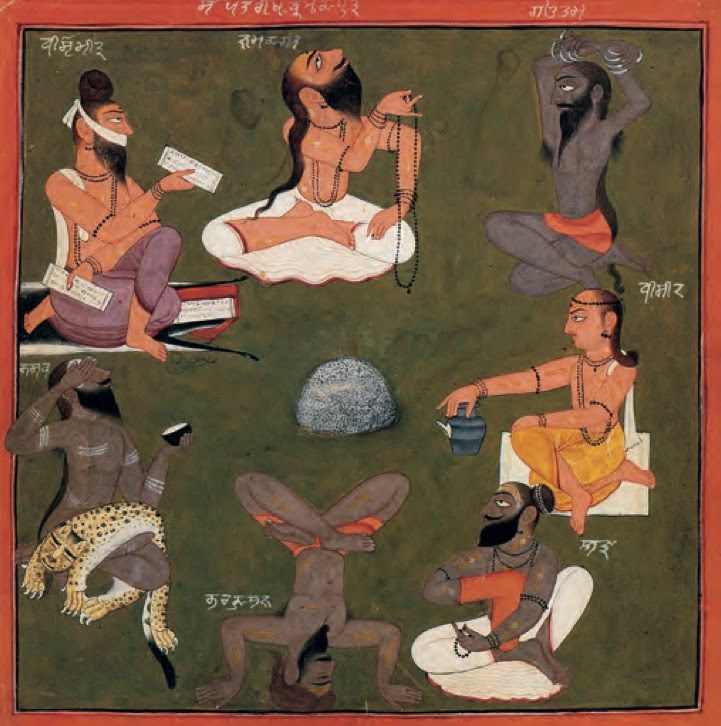What is Yoga?
Yoga etymology
 The word yoga means union. It’s derived from the Sanskrit word yuj, which means to yoke, join, or unite. The aim of yoga is to unite the body, mind and soul together to form an integrated whole. A more expansive yogic goal is the joining of the individual soul with the divine or cosmic soul.
The word yoga means union. It’s derived from the Sanskrit word yuj, which means to yoke, join, or unite. The aim of yoga is to unite the body, mind and soul together to form an integrated whole. A more expansive yogic goal is the joining of the individual soul with the divine or cosmic soul.
History & philosophy of yoga
The Indian science and art of yoga is over 6,000 years old. It first found its way to America with Swami Vivekananda, just over 100 years ago. Since then it has gradually taken root in American culture, and now has millions of devotees practicing in towns and cities throughout the country.
Yogic philosophy as we know it today has its origins in the Yoga Sutras written by Sage Patanjali around 800 BC. Patanjali identified eight limbs of yoga. Most people are initially drawn to the physical limb known as asana. However, if asanas are practiced with integrity, mindful awareness, and devotion, the seeds of the remaining seven limbs will take root and begin to sprout spontaneously in the practitioner’s life.
More on the history of yoga by yoga scholar Georg Feuerstein.
Eight limbs of yoga
The eight limbs of yoga can be viewed as eight equal spokes on the same wheel. The goal is to practice and experience them simultaneously. They act as guidelines on how to live a meaningful and purposeful life by serving as a prescription for moral and ethical conduct and self-discipline; directing attention toward one’s health; and helping us acknowledge the spiritual aspects of our nature.
1. Yama: moral principles of right-living
2. Niyama: personal attitudes and practices to purify the mind and body
3. Asana: physical posture
4. Pranayama: breath consciousness or breath control
5. Pratyahara: inward turned awareness and withdrawal of the senses
6. Dharana: one-pointed concentration
7. Dhyana: meditation
8. Samadhi: absorption
Connect
For more yoga articles, updates, classes and workshops, sign up for my newsletter at the top of the page or like on Facebook at Ann West :: Iyengar Yoga. You can contact me directly by email or call (858) 224-2484.